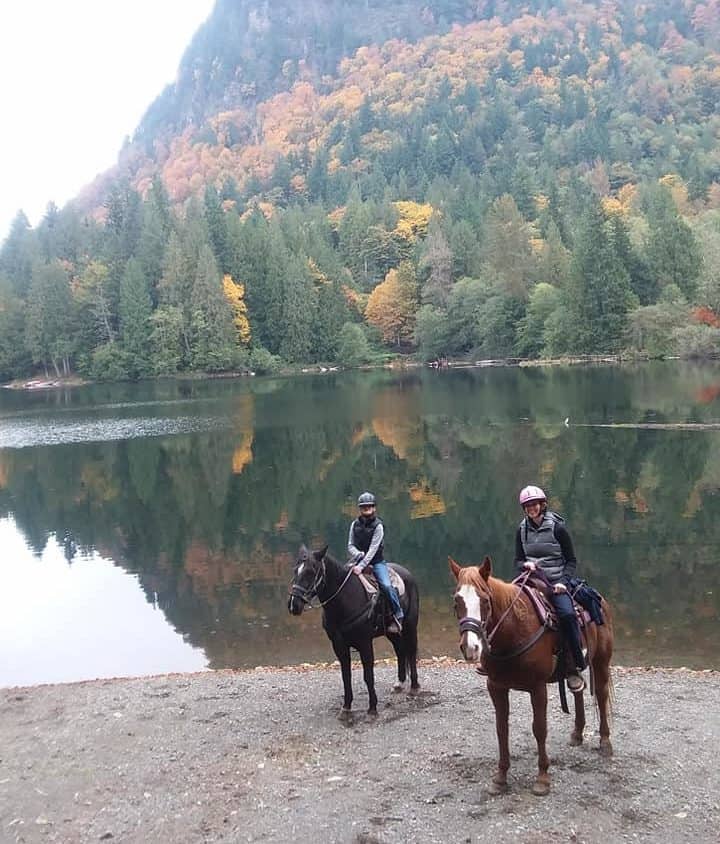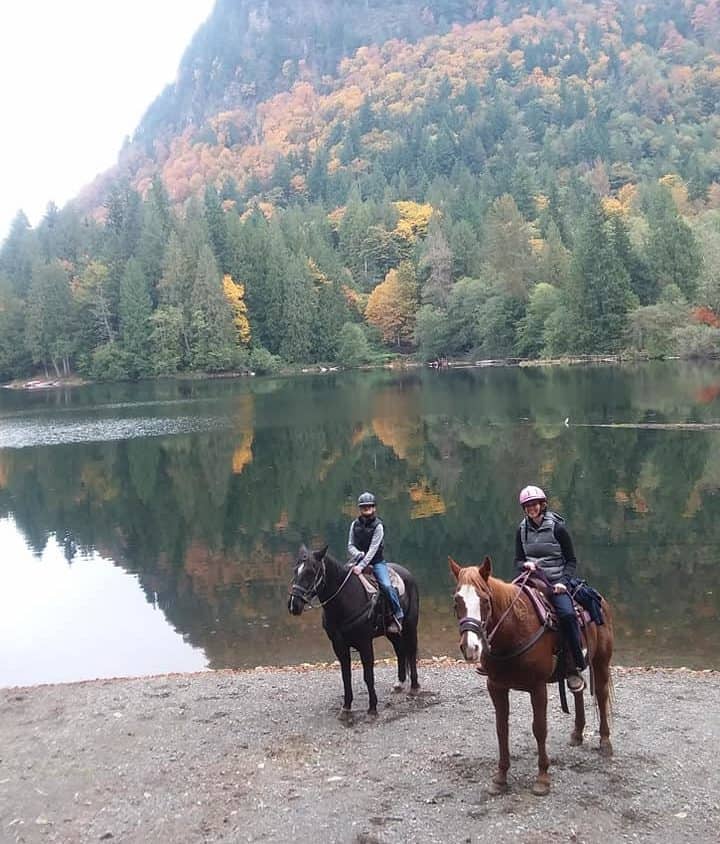Imagine the exhilaration of horseback riding through the breathtaking mountains, feeling a connection with nature as you gallop along the rugged trails. The wind rushing through your hair, the sound of hooves against the earth, and the panoramic views that stretch as far as the eye can see. It’s a thrilling experience that combines adventure, a love for animals, and a sense of freedom. In this article, we will explore the joys of horseback riding in the mountains, delving into the exhilaration and beauty of this unique equestrian activity.
The Thrill of Horseback Riding in the Mountains
Horseback riding is an exhilarating and transformative experience. It offers a unique connection with nature and a sense of freedom that cannot be replicated in any other way. When you combine horseback riding with the stunning beauty of mountain landscapes, the thrill becomes even more elevated. In this article, we will explore the benefits of horseback riding, how to choose the right horse for mountain riding, preparation tips, essential gear, safety guidelines, techniques for navigating mountain trails, and horse care and health considerations. So saddle up and get ready for an adventure of a lifetime!
1. The Benefits of Horseback Riding
Horseback riding is not only an enjoyable activity but also offers numerous physical and mental benefits. The rhythmic motion of riding can improve balance, coordination, and core strength. It also provides a cardiovascular workout as you engage your muscles to maintain control and balance on the horse. Additionally, spending time in nature, such as in the mountains, has been shown to reduce stress levels and improve overall well-being. The combination of these factors makes horseback riding a holistic and therapeutic experience.
2. Choosing the Right Horse
Selecting the right horse for mountain riding is essential to ensure your safety and enjoyment. Consider the size, temperament, and experience level of the horse. Ideally, you want a horse that is calm, well-trained, and familiar with challenging terrain. Size matters too, as larger horses are typically more stable and can handle steep slopes and uneven ground better than smaller ones. Take your time with the selection process and consider consulting with a knowledgeable trainer or experienced rider to find the perfect equine partner for your mountain adventures.

3. Preparing for Mountain Riding
Before heading out on a mountain riding trip, it is crucial to prepare yourself and your horse adequately. Ensure that you are physically fit and have the necessary skills to handle the challenging terrain. Practice riding in various conditions, such as uphill and downhill slopes, rocky surfaces, and narrow trails. It is also important to acclimate your horse to mountain environments gradually. Take them on shorter rides in hilly areas before venturing into more intense terrain. This gradual approach will help build their strength and adaptability.
4. Essential Gear for Mountain Riding
Having the right gear is essential for both your safety and your horse’s comfort. Invest in a well-fitted helmet to protect your head in case of a fall. Wear appropriate riding attire, including sturdy boots with a heel to prevent your foot from slipping through the stirrup. A comfortable and secure saddle with a high pommel and cantle is vital for navigating mountain trails. Ensure that your horse has a properly fitting bridle, bit, and saddle pad. Don’t forget to pack essentials like water bottles, a first aid kit, and a map or GPS device.
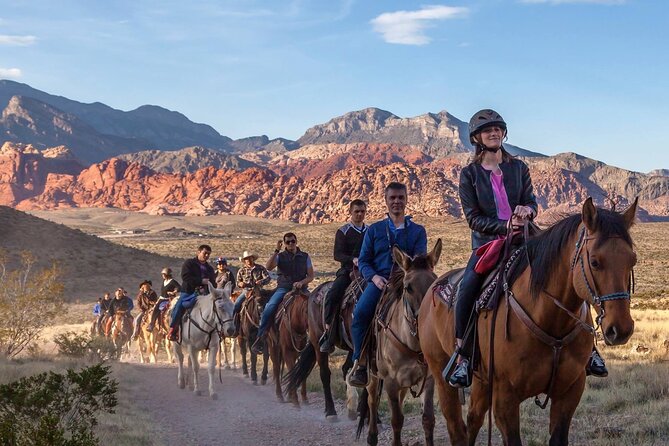
5. Safety Tips for Horseback Riding in the Mountains
Safety should always be a top priority when horseback riding in the mountains. Here are some essential safety tips to keep in mind:
- Ride with a buddy or let someone know your planned route and estimated return time.
- Be aware of the weather conditions and forecast before setting out. Avoid riding in severe weather.
- Stay on designated trails and respect any closures or restrictions.
- Always maintain control of your horse and ride at a pace that matches your skill level and the terrain.
- Watch out for potential hazards such as loose rocks, fallen trees, or wildlife.
- Carry a whistle or a cell phone in case of emergencies.
6. Navigating the Terrain
Mountain riding presents unique challenges that require careful navigation. When facing steep slopes, it is important to distribute your weight evenly and stay centered in the saddle. Use your seat and legs to maintain balance and encourage your horse to engage their hindquarters for stability. On narrow trails, give your horse plenty of space to maneuver and pick their own path. Keep a relaxed yet secure grip on the reins, allowing your horse to find their footing while still maintaining guidance and control.
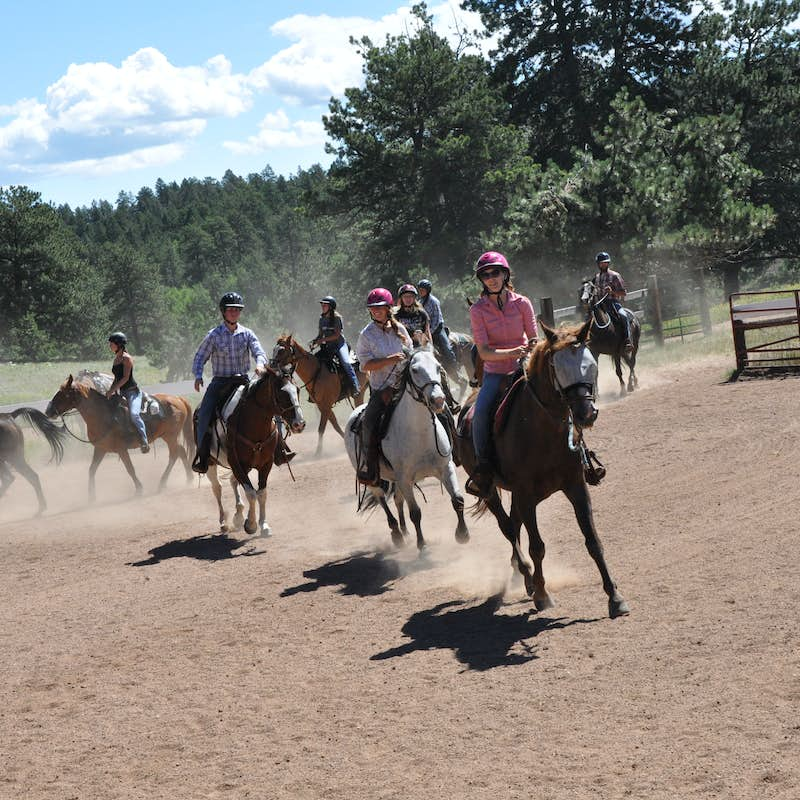
7. Enjoying the Scenic Views
One of the greatest rewards of mountain horseback riding is the opportunity to immerse yourself in breathtaking scenic views. Take the time to pause and absorb the beauty of the natural surroundings. Allow your horse to rest and graze while you revel in the moment. Capture these moments with a camera, but remember to prioritize your safety and the safety of your horse. Avoid risky positions or distractions that may compromise your focus or stability.
8. Challenges and Solutions in Mountain Riding
Mountain riding comes with its fair share of challenges, but with proper preparation and technique, these obstacles can be overcome. Rocky terrain may be encountered, making it essential to choose a horse with sturdy hooves and consider equipping them with protective boots. Steep descents and ascents can be challenging, but with appropriate body positioning and maintaining a secure rein contact, you and your horse can navigate these slopes safely. Keep in mind that patience and practice are key when it comes to conquering the challenges of mountain riding.
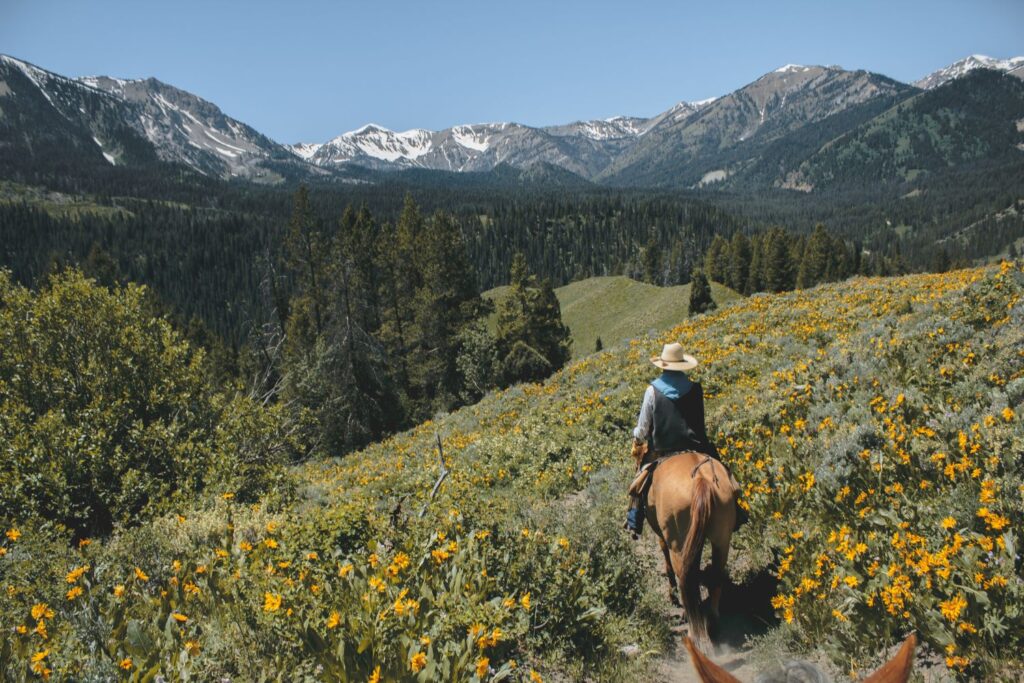
9. Riding Techniques for Mountain Trails
Navigating mountain trails requires specific riding techniques to ensure a smooth and controlled ride. When traversing uphill, lean slightly forward, allowing your horse to use their hindquarters effectively. Use your legs to encourage forward movement and provide support. Descending slopes should be done at a controlled pace, leaning slightly back while engaging your abdominal muscles. Maintain a light rein contact and allow your horse to use their head and neck to balance. With practice, these techniques will become second nature, enabling you to confidently ride through mountainous landscapes.
10. Horse Care and Health in Mountain Riding
Mountain riding can be physically demanding for your horse, so it is crucial to pay attention to their care and health. Provide your horse with a nutritious diet and plenty of fresh water before, during, and after your ride. Regular veterinary check-ups and proper vaccinations are vital for maintaining their overall well-being. It is also important to monitor their hooves for any signs of wear or damage and schedule regular farrier visits. Pay attention to your horse’s behavior and body language, and address any signs of discomfort or fatigue promptly.
Horseback riding in the mountains is a thrilling adventure that offers both physical and mental benefits. By choosing the right horse, preparing adequately, using essential gear, adhering to safety guidelines, and honing your riding techniques, you can navigate mountain trails with confidence and enjoy the scenic views along the way. Remember to prioritize the well-being of your horse and provide them with proper care and attention, ensuring a rewarding and unforgettable experience for both of you. So embrace the thrill of horseback riding in the mountains and embark on your next equine adventure with enthusiasm and confidence!
Questions and Answers:
- How does horseback riding benefit your physical health?
- Horseback riding improves balance, coordination, and core strength, providing a cardiovascular workout by engaging various muscles in your body.
- Can anyone go horseback riding in the mountains?
- While mountain riding requires certain skills and preparation, anyone with the necessary experience and fitness level can enjoy this activity.
- What gear is essential for horseback riding in the mountains?
- Essential gear includes a well-fitted helmet, sturdy boots with a heel, a comfortable saddle with a high pommel and cantle, and a properly fitting bridle, bit, and saddle pad.
- How can I ensure the safety of horseback riding in the mountains?
- Safety can be ensured by riding with a buddy, being aware of weather conditions, staying on designated trails, maintaining control of your horse, and carrying essential safety items.
- What are the challenges of mountain riding and how can they be overcome?
- Challenges include rocky terrain and steep slopes, which can be overcome by choosing the right horse with sturdy hooves and employing proper riding techniques.
- How can I take care of my horse’s health during mountain riding?
- Providing a nutritious diet, fresh water, regular veterinary check-ups, vaccinations, monitoring hooves, and addressing signs of discomfort or fatigue are crucial for your horse’s health.
- What are some riding techniques for navigating mountain trails?
- Techniques include leaning slightly forward when going uphill, using your legs to encourage forward movement, leaning slightly back when descending, maintaining a light rein contact, and allowing your horse to use their head and neck to balance.
- Can I capture scenic views while horseback riding in the mountains?
- Yes, taking the time to enjoy and capture scenic views is part of the experience, but prioritize safety and avoid distractions that may compromise your focus or stability.
- How can horseback riding in the mountains improve mental well-being?
- Spending time in nature, such as in the mountains, has been shown to reduce stress levels and improve overall well-being, making horseback riding a therapeutic experience.
- Is it important to acclimate your horse to mountain environments before riding?
- Yes, gradually acclimating your horse to mountain environments through shorter rides in hilly areas helps build their strength and adaptability.
